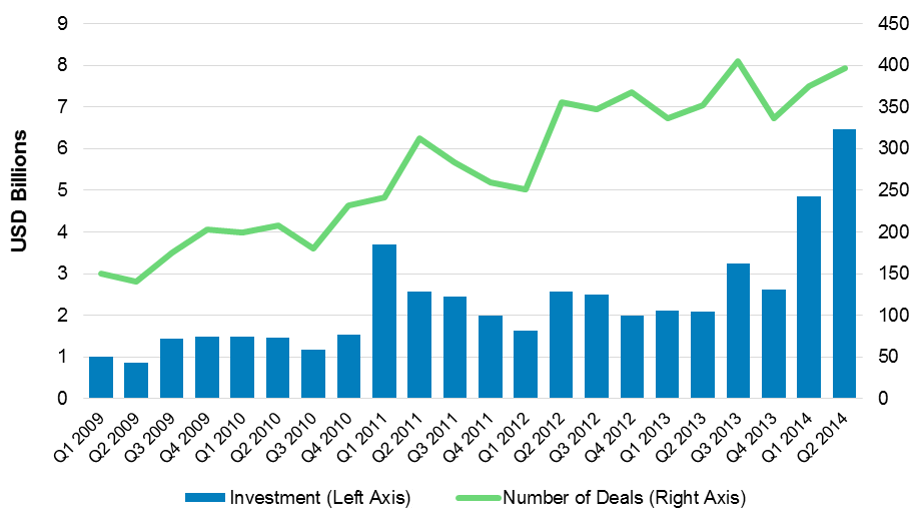
Network convergence: How to deliver a seamless experience
How can multiple access technologies (4G, 5G, Wi-Fi, fixed line) be used together to deliver a resilient, optimised and consistent experience of network quality and coverage? An introduction to the landscape, opportunities and challenges in providing a single user experience across multiple networks.

